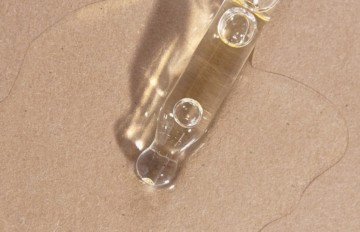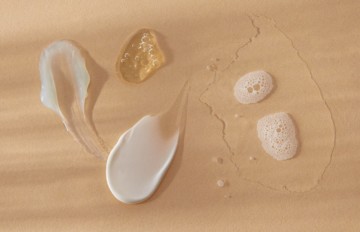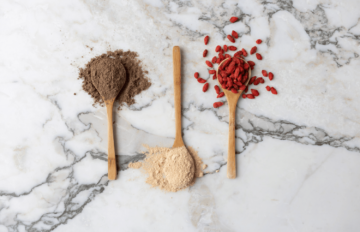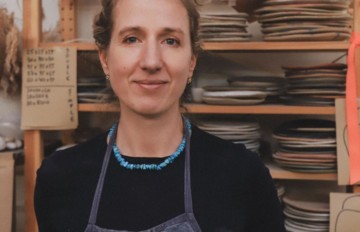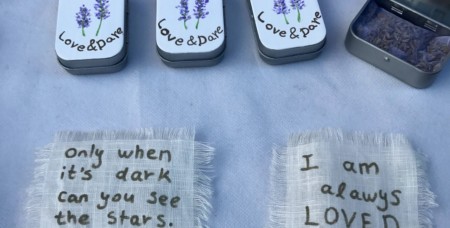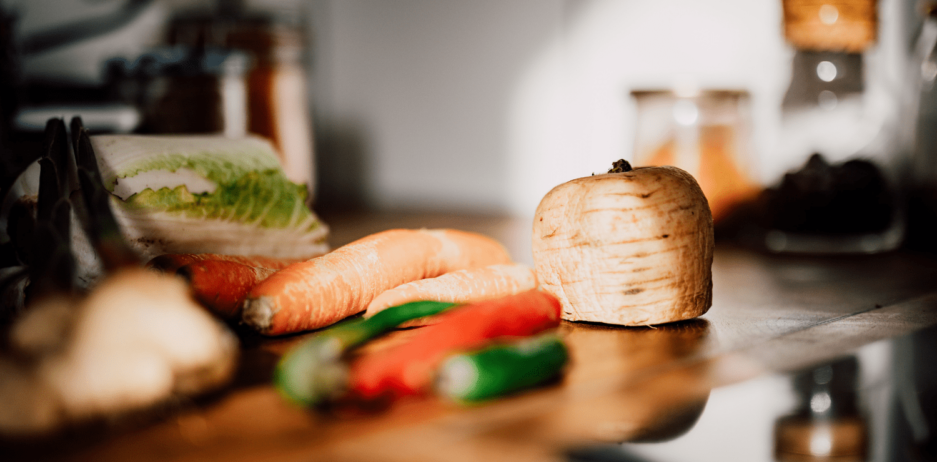
Reducing waste in the kitchen
Do you know how much waste we generate each year in the kitchen? We guess that, like us, you don’t weigh your bin every Monday morning, so we won’t hold you in suspense any longer. In 2019, we threw away an average of 546 kg of waste per person in France (Source: Eurostat 2019/Rethink Plastic). This is less than the Danes (844 kg) but way more than the Romanians (280 kg). And that’s a victory we could live without!
By the way, do you know what happens to our trash? Once collected, it is sent to your regional waste sorting center and is either incinerated or buried in a landfill. If incineration allows to produce energy thanks to the heat released, it still consumes a lot of energy as the incinerators heat up to 1000 degrees Celsius.
On the other hand, sending waste to a landfill is the least ecological option since it’s simply buried and left to decompose in the ground. The non-biodegradable particles are then found in the soil and in our streams, which end up in the oceans. Oceans that also happen to be a vital resource for millions of people… In other words, it is a vicious circle.
Without aiming at the moon and trying to stuff our annual waste into one single jar, like the great Bea Johnson, we can take a closer look at our bin and make resolutions to lighten it, week after week. And that’s less negotiation time to know who will take out the trash!
How to reduce your waste in the kitchen?
Make an assessment of the situation
If you have well sorted your waste (recyclable plastic, cardboard, aluminium and glass), your kitchen bin should only contain what is called “non-recyclable” household waste, even if some countries and cities are offering alternatives such as organic waste collection. These can be divided into two main categories:
- Organic waste: vegetable peelings, egg shells, food leftovers…
- Non-recyclable waste: plastic packaging, butter wrapping paper, cling film, paper towels…
So here are a few humble and lazy-approved tips that should allow you to avoid at least half of your usual waste. And if sometimes a plastic packaging lands into your fridge (last minute “pre-curfew” shopping, for example —we have all been there), don’t be too hard on yourself. You will do better next time!
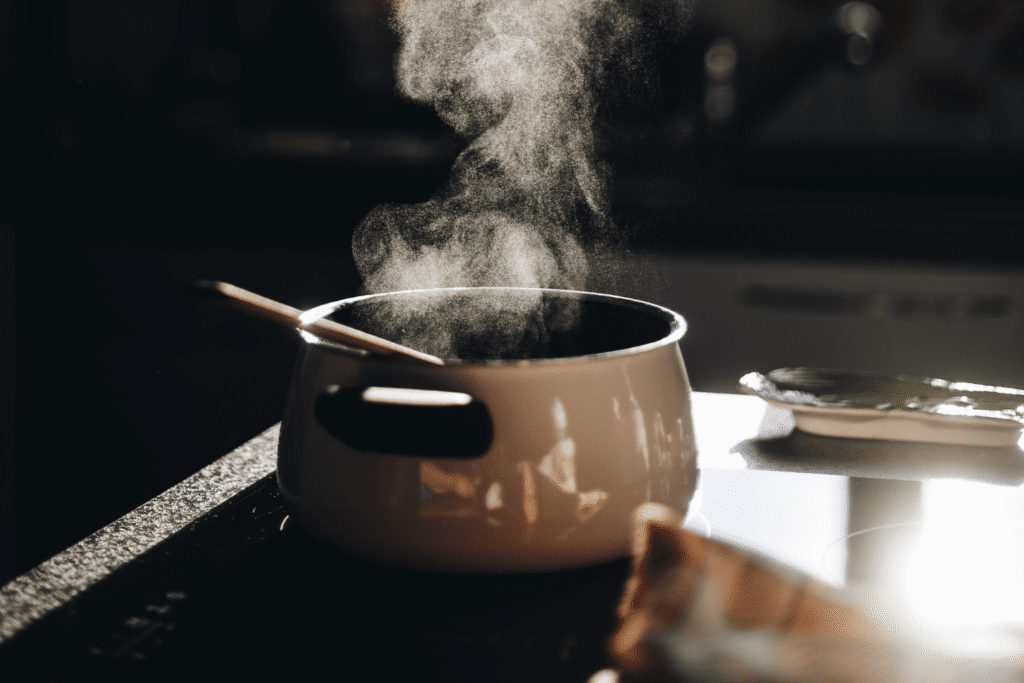
Reducing your organic waste
In our kitchen bins, we find a lot of “waste” that isn’t waste, such as fruit and vegetable peels. When they are sent to landfills, they emit methane (a greenhouse gas), whereas they are full of surprises when you know how repurpose them! If your vegetables are organic, we can only advise you to leave the skin as it contains a lot of vitamins; but if you really want to peel them, here is how to give them a second life:
- Make crisps! If you have potato, carrot or sweet potato peels: wash them, add a drizzle of olive oil, salt, pepper, a little bit of paprika and bake for 5 minutes at 200 degrees Celsius. On a diet? Just add them to your soup 10 minutes before blending it. No one will know 😉
- Sautéed vegetables: cauliflower and broccoli stalks, zucchini heads, herb stems, pumpkin and butternut skins (which you can also leave in the soup). Against all odds, these peels become very tender when cooked. You can then use them to stuff empanadas, make a vegetable quiche, veggie lasagna…
- Make broth: onion and garlic skins, chicken/fish/shellfish carcasses, vegetable peels… Place them in a saucepan, bring to a simmer and let cook on low heat for 30 minutes. This will make a very good base for your next soup, but you can also drink the broth as it is.
- As a sweet treat: if you eat a lot of (organic) citrus fruits, cut the peels into strips and boil them for 10 minutes in equal parts of sugar and water. You can then eat them as it is, dip them in melted chocolate or add them to your cake batters.
- As condiments: citrus peels can be dried to add a little flavor to your salads, onion and garlic peels can be baked and then blended to garnish all your dishes.
- Good to know: onion skins, especially the red ones, can also be used as a natural fabric dye.
- Make your own household products: once again, citrus fruits are full of surprises. If you have already candied your oranges/lemon, recovered the zest and still have some left, let them soak in about one liter of white vinegar for 3 weeks, and filter. You now have an ecological and very economical detergent!
Other tips to save food from the trash:
- Stale bread: wet it with cool water and put it in the oven for 7 to 8 minutes at 180 degrees.
- Wilted lettuce and soft vegetables: place them into a bowl of water and in the fridge. The next day, they will be crispy again. It’s not magic, but almost!
Finally, you can still compost anything you can’t reuse. If you don’t have one at home, store your waste in a large container and put it in a compost near your home. For those of you who live in Ile-de-France, here is a map of composting facilities available: https://www.jecomposteenville.fr/trouver-ou-composter/
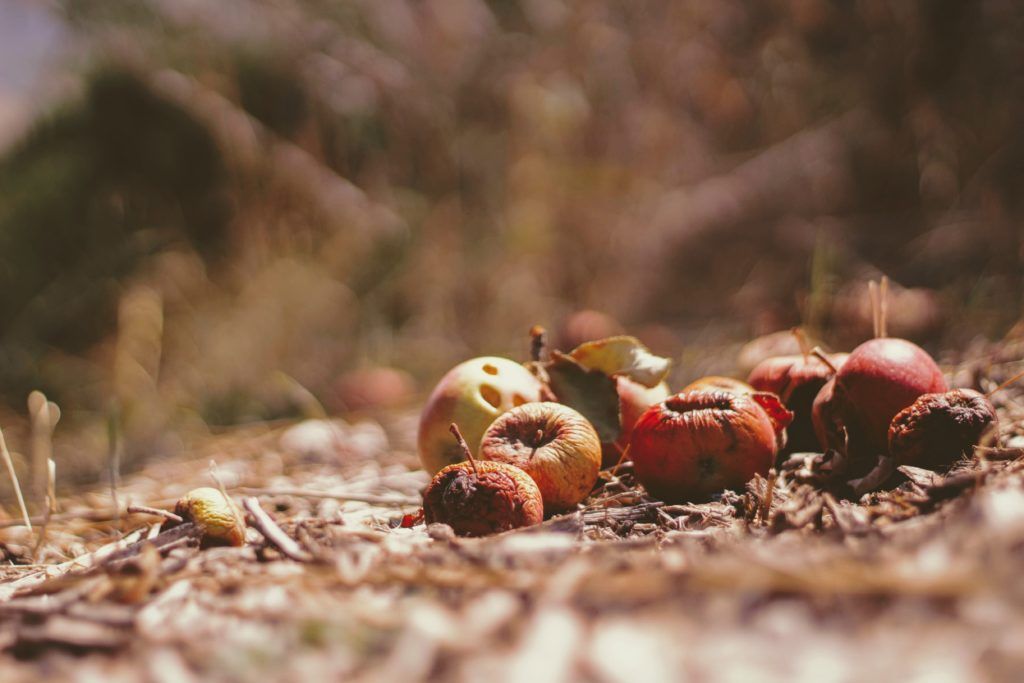
Reducing non-organic waste
The second category that fills up our bins is made of waste that is not or hardly recyclable due to a lack of infrastructures. For example: bagged lettuce, butter or cheese plastic packaging, polystyrene trays, cling film, paper towels, yoghurt pots, etc. The best thing to do is to simply avoid purchasing over-packaged products. If they already are in your house, try to reuse them as much as possible and then replace them with sustainable alternatives.
Reduce
The first step to reduce packaging waste is to think about buying your fruits, vegetables, dried foods, meat, fish and cheese package-free. They also have the advantage of being cheaper since they do not require packaging. To do so, choose organic stores which generally offer a wide range of bulk products or go directly to the market or to your local shopkeepers.
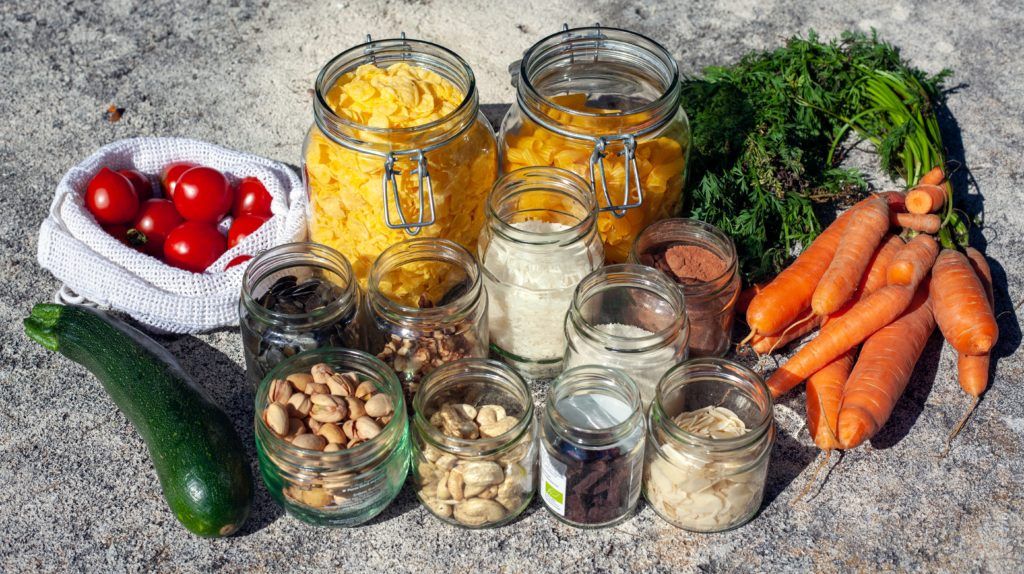
To pack your fruits, vegetables and dry goods, you can use washable cloth bags or reuse kraft bags from one shopping session to the next. For meat, cheese or fish, consider bringing your own boxes to your local store and simply ask them to put the goods directly into them (with a smile, it is always better!). You’ll also save time when you unpack your shopping because you won’t have to transfer them into a container.
Reuse
Once you have limited your waste at the root, you can reuse what is non-recyclable to give it a second life before throwing it away:
- Yogurt pots: reuse them for seedlings if you’re lucky enough to have a small vegetable garden, and next time look for yogurts in glass jars or buy them in bulk from your cheese shop.
- Plastic take-away boxes: wash them and reuse them to carry light bulk food such as almonds, rice, rolled oats…
- Single-use plastic bags: reuse them as much as possible and then use them as a bag for your bathroom bin.
- Water bottles: save them to make a passive watering system for your plants (very handy when you’re away in the summer) and instead, invest in a big glass jug and a piece of Binchotan charcoal to filter your water naturally.
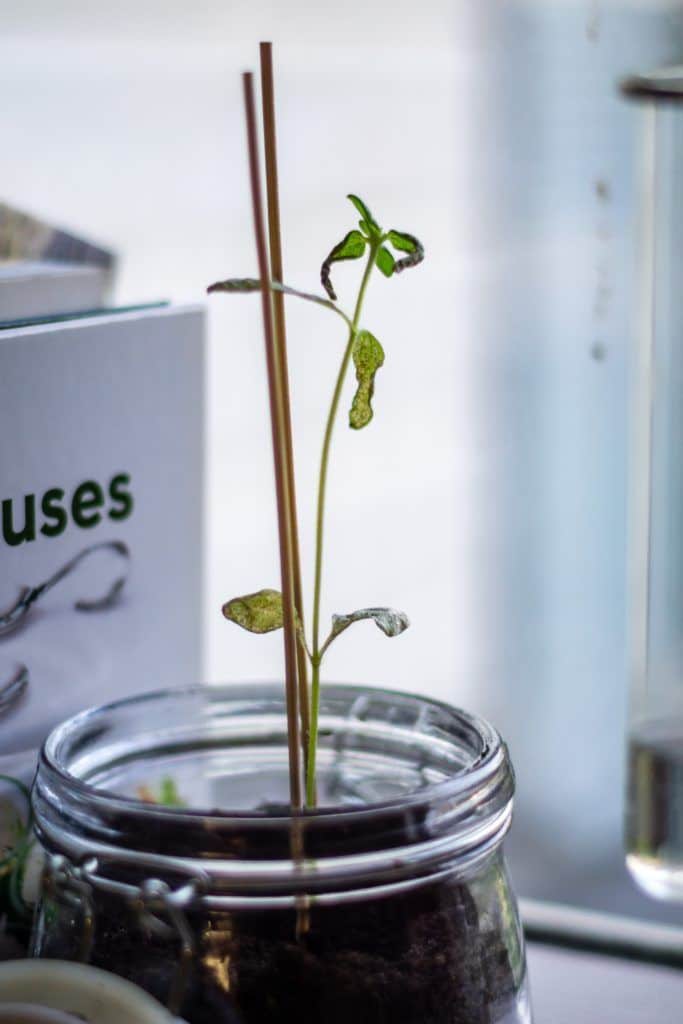
Replace
Finally, the last step is to replace the items that create daily waste and have no economical or ecological value:
- Paper towels: they come from a natural resource that is not endless, and contrary to popular belief, they are not recyclable. Replace them with cotton or bamboo cloths that can be machine washed and will last you almost forever.
- Cling film and tin foil: they are expensive, drive you crazy when they don’t cut properly, and are bad for your health. Aluminium, for one, is a very powerful neurotoxicant when heated. Here are several alternatives to wrap your food:
- The cheap one: put your leftovers in a bowl and put a plate on top or reuse a glass jar with a lid – like the jam one, for example.
- The investment: fabric covers or “bee wraps” which are pieces of cloth coated with vegetable wax. They adapt to the shape of your dishes and can be reused for years.
- The win-win solution: put your leftovers in airtight glass boxes. This allows you to easily see what you have in the fridge, can be used as a lunch box and even as an oven dish.
- Baking paper: non-recyclable and also quite expensive. If you are baking a cake, use this granny tip and line the cake mold with butter or oil then sprinkle with flour. And if you love French fries, opt for a silicone baking mat (ranges from 15 to 30 euros). It is washable and can be reused about 2000 times. Now that’s a lot of fries!
We hope this article will give you the motivation to start reducing your waste! And if you want to dig a little deeper into the subject, here are some books (read and approved) that we recommend:
- “Zero Waste” by Bea Johnson. It’s hard to live “by the book”, but this is a great way to raise awareness and move towards a “low waste” lifestyle, which we find more achievable.
- “More plants, less waste” by Max La Manna. Recipes from a vegan, zero waste London chef who cooks peels in ways you would never expect. Spoiler alert: he makes fake pulled pork out of… banana peels!




